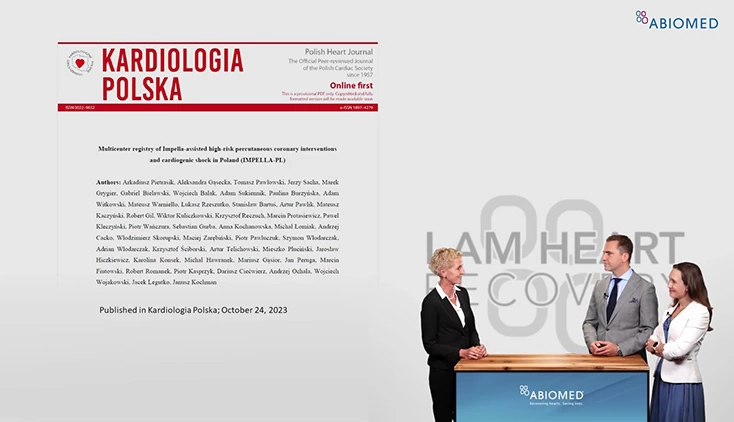Protected PCI
Handling High-Risk Patients in the Catheterization Laboratory
by Karim Ibrahim, Jörn Tongers, Norman Mangner, Nikos Werner, Agniezka Tycinska, Jürgen Leick, Jacopo Oreglia, and Jörg Schröder
This article describes how the interventional cardiology team handles high-risk patients in the cath lab, from procedural preparation and planning through procedural monitoring, as well as weaning strategies and access site management.
Before Protected PCI, the cardiac team should discuss the case and outline the treatment strategy as well as perform baseline blood laboratory tests. During the procedure, continuous monitoring of vital signs and ECG is important so that the team can react immediately if any adverse situations arise. Other procedural considerations discussed include anticoagulation, micropuncture technique and use of ultrasound and fluoroscopy for vascular access, hemodynamic monitoring, and preparation for emergent situations such as respiratory decompensation or need for surgical intervention.
“Protected percutaneous coronary intervention is considered a life-saving procedure for high-risk patients.[...]”
The authors also discuss the use of transthoracic echocardiography (TTE) before and during the procedure, the benefits gained with right heart catheterization (RHC), the importance of monitoring arterial pressure, and blood chemistry analysis before and during the procedure. During the procedure it is important to watch for left heart failure and right heart failure. The authors discuss the advantages of using Impella CP®
Regarding weaning strategies, the authors recommend that the Impella®
Sign up for Latest Updates
NPS-3417



